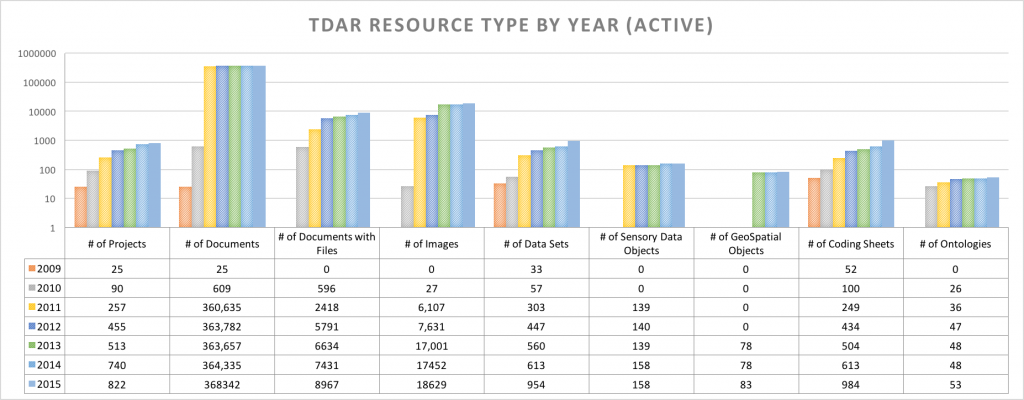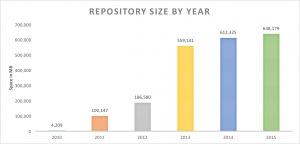Learn more about tDAR and the Center for Digital Antiquity.
Wednesday April 6th, 2016
Student Welcome Reception, Hosted by SAA Board of Directors and Student Affairs Committee, Co-sponsored by the Center for Digital Antiquity
9:00-10:30 PM – Northern Hemisphere E1-E4
Thursday April 7th, 2016
Poster Session: “Methodologies for Integrating Eastern Archaic Faunal Databases Using the Digital Archaeological Record (tDAR)”
8:00-10:00 AM – Atlantic Hall B
Adam Brin and Leigh Anne Ellison – “Beyond Archiving: Synthesizing Data with tDAR,” Location 9-a
Symposium: “Public Engagement and Education: Developing Heritage Stewardship”
8:00-10:00 AM – Oceanic 3
Jodi Reeves Flores and Leigh Anne Ellison – “Heritage Stewardship in the Digital Age,” 9:30AM
Poster Session: “Heritage Values in Contemporary Society,” Sponsored by the SAA Poster Submission Task Force
8:00-10:00 AM – Atlantic Hall B
Francis McManamon and Jodi Flores – “Heritage in the Digital Age: Guidelines for Preserving and Sharing Heritage with Digital Techniques,”
Saturday April 9th, 2016
Forum: “For the Record: Archaeological Archives in the 21st Century,” Sponsored by Committee for Museums, Collections, and Curation
8:00-10:00 AM – Oceanic 4
Francis McManamon, Discussant
Symposium: What Do We Mean by “Digital Curation?”
1:00-4:00 PM – Asia 4
Leigh Anne Ellison and Adam Brin – “tDAR (the Digital Archaeological Record): A Domain Repository for Archaeology, 1:30PM
Colleen Strawhacker, Thomas McGovern, Emily Lethbridge, Gisli Palsson and Adam Brin – “Linking Transdisciplinary Data to Study the Long-Term Human Ecodynamics of the North Atlantic: The cyberNABO Project,” 2:00PM
Kyle Bocinsky and Adam Brin – SKOPE: Bringing Continent-scale, Local Paleoenvironmental Data to Researchers and the Public, 3:45PM

